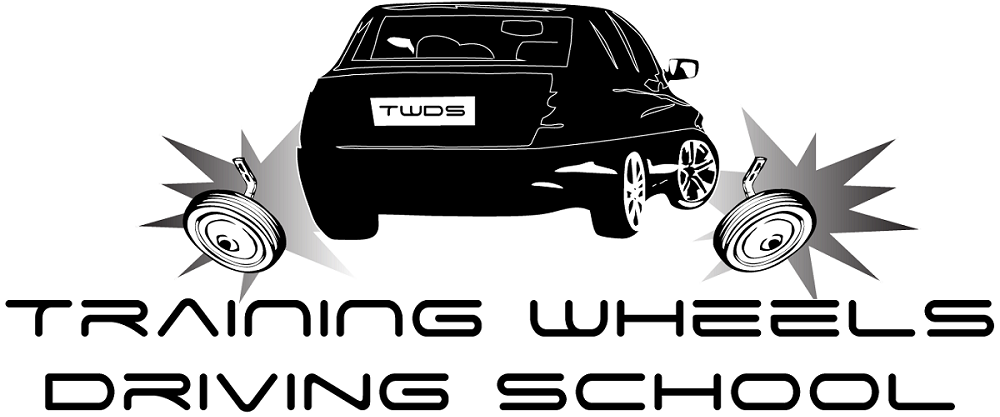Standing and Running Costs of Owning a Car
Buying your first car is definitely one of the most exciting experiences around. While the process may seem cut and dry, the financial reality of buying and owning a vehicle is an expensive one and requires much more thought before you commit to this new major responsibility. AAA estimates the average cost of running a car to be $9211 a year, though that figure can vary more or less depending on how young you are and how carefully you choose your car. The costs you have to consider can be split into standing and running costs–ones you have to pay and ones varying by how much you drive.
So before you think that it can’t be done, that you don’t know enough, don’t worry because we have some tips to help you figure it all out–and get on the road!
Buying Your Car
The biggest expense is the cost of the car itself. It’s sensible to save as much as you can for the initial purchase, especially since you’ll need a 10-20 percent deposit even if you don’t buy outright. Financing can be pretty expensive for young drivers without credit histories, so if you can borrow from family and avoid taking out a loan, you’ll save a lot on interest. The money you spend can be recovered by reselling when you move onto another vehicle, but the car’s value will decline with age.
Title, Tax, and Tags
Your initial purchase may not include sales tax, which can add a significant amount to the overall price (definitely be aware of that when comparing prices!) Also, budget about $400-500 for the car’s title (“pink slip”), which is used to transfer ownership, registration, and the car’s license plate number to your name. The title and license fees are one-time payments, as is the vehicle’s initial registration fee (there is, however, an annual registration tax around $75-80).
Insurance and Breakdown Coverage
Insurance can be expensive for young drivers, but it’s necessary before you can buy and register your car. Basic cover includes:
- Liability: covers damage you may cause to someone else’s property. Required by law.
- Collision: covers damage to your own car in an accident.
- Comprehensive: covers damage due to other causes–theft, vandalism, fire.
Insurance can cost $1,029 per year on average, but young drivers typically pay more. Remember, safe driving prevents your monthly premiums from increasing, and they will eventually decrease as you gain a clean driving record.
Maintenance, Repairs, Gas
To keep your car in the best shape, you need to perform regular maintenance, and it’s a good habit to start early. It’s good to always check your air filters, fluid levels, and tire tread and pressure on a regular basis, and if any parts need to be replaced. Remember to budget for:
- Oil changes: every 3000 miles ($25)
- Brake pad replacement: every 30,000 miles (about $250 each end)
- Tire alignment: if you notice drifting to one side (about $80)
- Tune up: if the car isn’t running right ($130-280)
- Tire replacements: every 25,000 miles ($100-200 per tire)
- Costs of gasoline for your car (about $30-50 for one full tank)
- Unforeseen repairs
Do you need Behind the Wheel Training? Or maybe your teen does? Training Wheels is an Atlantic City driving school specializing in teaching new teen drivers how to stay safe on the road. For more information on our lessons, please click here.
Copyright: mangostock / 123RF Stock Photo

